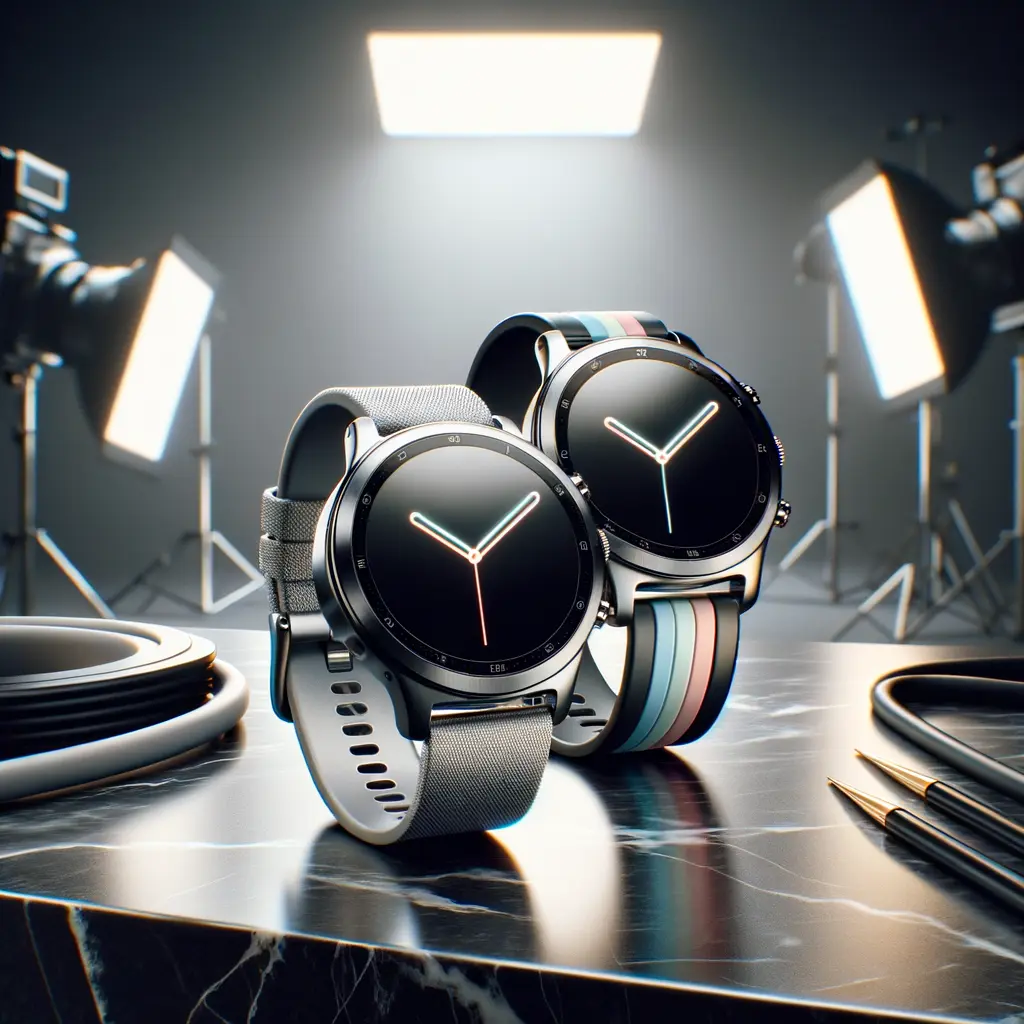Why the Apple Watch Ultra 3 Battery Life Matters More Than Ever
Only a few days remain until Apple pulls back the curtain on its most rugged wearable yet, and all eyes are on Apple Watch Ultra 3 battery life. Enthusiasts expected a new Ultra model last year, but Apple instead issued a color refresh. That gap has cranked up demand and raised expectations that the coming generation will deliver measurable endurance gains. Whether you are a triathlete who needs multi-day tracking, a hiker tackling remote trails, or simply someone who dislikes charging every night, longer stamina is more than a nice-to-have—it is the deciding factor.
Current Apple Watch Ultra devices are rated for 36 hours in normal use and up to 72 hours in Low-Power Mode, yet real-world testing often falls shy of those numbers when LTE or precision dual-frequency GPS is engaged. The Apple community therefore keeps searching the web for fresh Apple Watch Ultra 3 rumors pointing to a bigger cell, a more efficient screen, or a next-gen chipset. The good news is that leaks suggest a new S11 SiP and possibly a C1 communications chip borrowed from iPhone 16 models—both designed around power efficiency.
In this article we break down everything you need to know before launch day, from the confirmed Apple Watch Ultra 3 release date to price expectations. If you’re also researching watchOS 11 upgrades or still comparing Ultra 2 vs. Ultra 1, check out our long-term Ultra 2 review and our guide to hidden watchOS 11 tricks for additional insight.

Apple Watch Ultra 3 Release Date: Key Dates You Need to Know
Circle September 9 at 10 a.m. PDT on your calendar—that is when Apple will host its fall “Drop” event and finally announce the next generation of wearables. Based on Apple’s historical cadence, pre-orders should open the following Friday, September 12, with in-store pickup and first deliveries a week later on September 19. Those planning to upgrade can therefore schedule trade-ins, arrange AppleCare transfers, and free up wrist time well in advance.
Why does the timing matter for Apple Watch Ultra 3 battery life? Supply-chain chatter indicates that the extended production window gave Apple extra time to validate new low-temperature poly-oxide (LTPO) panels and the aforementioned S11 SiP. Both components are pivotal to energy gains, and insiders say they cleared reliability testing only in late July.
As you weigh purchase decisions, remember that watchOS 11 will launch simultaneously, adding training load, spoken workout summaries, and more customizable Smart Stacks. Those software tools further optimize Apple Watch Ultra 3 features by cutting background processes when sensors are idle, indirectly stretching battery reserves.
For readers following other Apple Watch Ultra 3 rumors, the event could also tease new AirPods and iPhone 16 Pro models, making it a prime window to bundle multiple upgrades. If you crave deeper coverage, our Apple Watch launch-day checklist and iPhone 16 expectations article are worth bookmarking for later reference.

Hardware Changes Driving Longer Battery Life in Apple Watch Ultra 3
Every credible leak points to a layered approach to improving Apple Watch Ultra 3 battery life. First is silicon. The new S11 system-in-package reportedly moves to a 3-nanometer process, packing more transistors while lowering leakage. Apple achieved similar gains moving iPhone chips from 5 nm to 3 nm; expect a 15–20 % efficiency bump here.
Second is the potential inclusion of Apple’s C1 communications chip. Debuting in iPhone 16 E earlier this year, C1 consolidates Wi-Fi 7, Bluetooth 5.4, UWB 2, and optional 5G connectivity on a single die. Consolidation reduces redundant radios and power draw. Should Apple embed a watch-specific variant, early estimates suggest an extra 10 hours in mixed-use scenarios—enough to turn a stressful 36-hour trip into a carefree 48-hour adventure.
Third, the LTPO display upgrade is crucial. LTPO allows refresh rates to fall to 1 Hz when the screen is static, then ramp up instantly for animations or Always-On Mode. Couple that with thinner bezels and a slightly larger panel, and you gain better readability at lower brightness, another saver of milliamps.
Altogether, Apple engineers aim for an extra half-day of runtime without resorting to Low-Power Mode. That promise is what makes Apple Watch Ultra 3 features so compelling compared with existing models.
(YouTube video embedded here)
If you need a refresher on how chip architecture impacts endurance, see our explainer on Apple silicon naming conventions—perfect background reading while you wait for pre-orders to open.
Next-Gen Features: 5G, Satellite SOS & Health Sensors
Battery longevity is not the only headline. Several Apple Watch Ultra 3 features push the frontier of wrist-worn tech. Foremost is optional 5G support, a first for any Apple Watch. Faster uplink means smoother map downloads and quicker workout syncing, though the C1 chip’s efficiency should keep Apple Watch Ultra 3 battery life from tanking during bursts of cellular data.
Another gem is two-way Satellite SOS. Borrowing iPhone 14’s emergency satellite architecture, Ultra 3 owners stranded off-grid will be able to send coordinates and short text updates directly from the watch. The technology uses low-Earth-orbit constellations and requires precise antenna tuning—one reason Apple delayed it until a larger Ultra chassis was available.
On the health side, insiders anticipate first-generation wrist-based blood-pressure trend tracking. Unlike cuff-style readings, Apple’s method leverages photoplethysmography and machine learning to identify changes over time, alerting you to potential hypertension before it escalates. A non-invasive glucose sensor remains on the roadmap but is not expected this year.
Collectively, these advances answer long-standing Apple Watch Ultra 3 rumors about pro-grade safety tools. They also align with Apple’s push into preventive health, building on existing ECG and SpO2 metrics. For a deeper dive into Apple’s medical ambitions, check our analysis of FDA filings and what they mean for future watch models.

Design, Display Upgrades and Apple Watch Ultra 3 Price
Visual evolution is subtle yet meaningful. The third-generation Ultra maintains its 49 mm titanium frame, but Apple shaved the bezel by roughly 1 mm on all sides, expanding screen real estate without bloating case size. Thanks to LTPO efficiency, the larger display does not negate the expected Apple Watch Ultra 3 battery life gains.
Brightness reportedly peaks at 3,000 nits—up from Ultra 2’s 2,000 nits—improving visibility in desert glare or bright snowscapes. Sapphire crystal remains standard, as does IP6X dust resistance and 100 m water resistance. New band colors are likely, though existing Alpine Loop, Ocean Band, and Trail Loop models will fit seamlessly.
Apple is poised to keep the starting Apple Watch Ultra 3 price at US $799, matching last year. That competitive stance helps Apple counter premium offerings from Garmin’s Enduro 2 and Suunto’s Vertical Titanium Solar. Expect similar regional pricing parity: £799 in the UK and €899 in Europe.
While some buyers hoped for a lower-cost SE-style Ultra, margins on the titanium chassis and satellite hardware make that unlikely. If you are price-sensitive, consider the incoming watchOS 11 update for Ultra 2; our watchOS 11 performance review shows it squeezing extra hours from the current battery.
Still undecided? Compare Apple Watch Ultra 3 features against Garmin’s latest epix Pro in our multisport smartwatch showdown for more context.

Should You Upgrade? Final Thoughts on Apple Watch Ultra 3 Battery Life
If your priority is endurance, Apple Watch Ultra 3 battery life represents the single biggest leap since the Ultra line debuted. A more efficient S11 chipset, consolidated C1 radio, and adaptive LTPO display together promise an extra 12–18 hours of mixed use—a difference you will feel on that second sunrise during a weekend trek. Add first-ever 5G, Satellite SOS, and a potential blood-pressure sensor, and the case for upgrading strengthens.
Conversely, if you already own an Ultra 2 and rarely push it past a day-and-a-half, waiting another cycle could make sense. Features like glucose monitoring and even longer runtimes are on Apple’s multi-year roadmap. Budget also matters; the unchanged Apple Watch Ultra 3 price of $799 is fair but not trivial.
For everyone else—especially athletes, outdoor workers, and travelers—the gains in safety, connectivity, and durability make the Ultra 3 the most versatile smartwatch Apple has ever produced. Keep an eye on preorder windows, and don’t forget to grab AppleCare + for accidental damage coverage.
As always, we will post real-world endurance tests once review units land. Until then, check our internal guide on maximizing Apple Watch Ultra battery health and revisit our list of must-have Ultra accessories so you can hit the ground—or the water—running on launch day.







